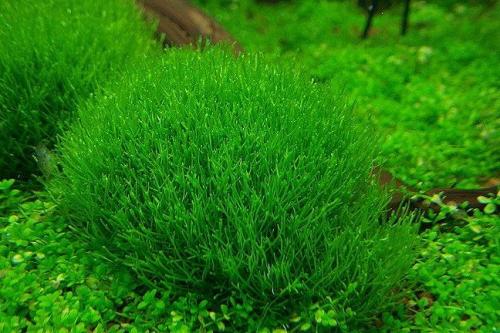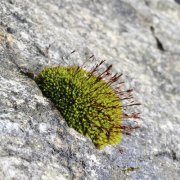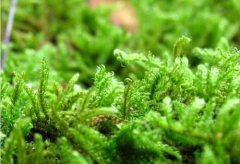What are the main characteristics of bryophytes
Artemisia mandshurica is a kind of bryophyte, which is mainly concentrated in submerged water. Unlike land money, wall moss and so on, they grow on the ground rocks. What other characteristics does it have besides the growing environment? Let's take a look.

Fork Qian moss is a monoecious bryophyte. Mainly rely on spore reproduction, its spore diameter is generally about 75-90 microns, the color is I yellowish brown translucent, but also has a reticulate protruding pattern. Only sterile plant species have been seen in this area.
- Prev

Are there any leaves in the moss? What does the living environment of wall moss depend on? does wall moss have transport tissue?
Wall moss is a kind of bryophyte, which belongs to the bryophyte family. It is a tufted plant, which mainly grows on the soil or rock under the forest at an altitude of about 1200 meters. This kind of moss is also widely distributed, and the main distribution areas in China are Xinjiang, north and south.
- Next

Pictures of the main characteristics of bryophytes, common species of bryophytes.
Any of various bryophytes of the genus Moss, found chiefly in plains or hills and in wet grasslands, swamps, or peat bogs. The main producing area is Xinjiang. Fine wet moss, its plant size is very small.
Related
- Fuxing push coffee new agricultural production and marketing class: lack of small-scale processing plants
- Jujube rice field leisure farm deep ploughing Yilan for five years to create a space for organic food and play
- Nongyu Farm-A trial of organic papaya for brave women with advanced technology
- Four points for attention in the prevention and control of diseases and insect pests of edible fungi
- How to add nutrient solution to Edible Fungi
- Is there any good way to control edible fungus mites?
- Open Inoculation Technology of Edible Fungi
- Is there any clever way to use fertilizer for edible fungus in winter?
- What agents are used to kill the pathogens of edible fungi in the mushroom shed?
- Rapid drying of Edible Fungi

